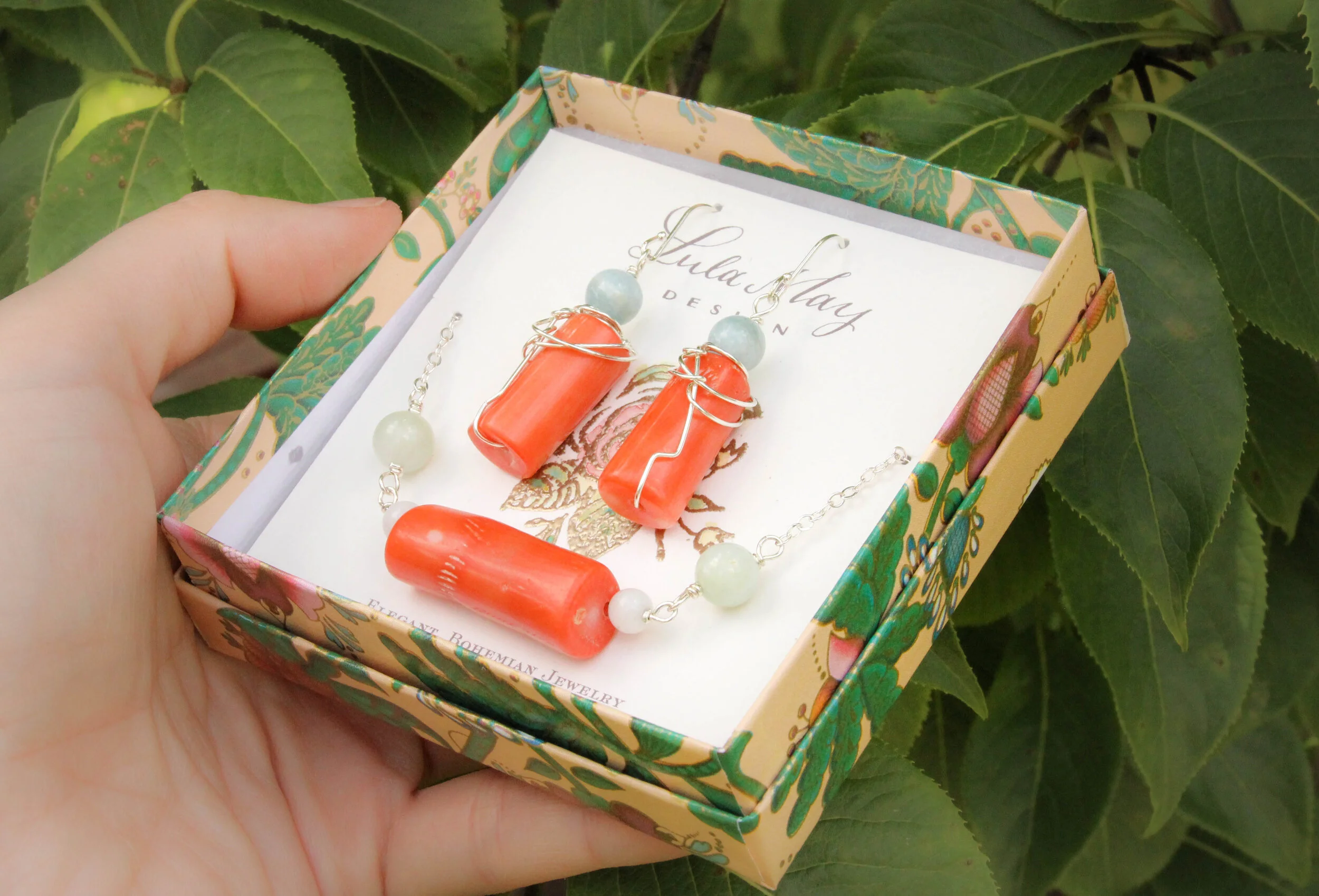Coral
An Introduction to Coral
Coral belongs to the category of gemstones that don’t quite fit the standard gem definition. Like amber and petrified wood, coral is not formed directly from minerals crystallizing beneath the earth’s surface. Coral used in jewelry and other decorative arts comes from the fossilized skeletons of the living coral reef. When the organisms die, the calcium carbonate skeletons remain.
Fossilized coral has a similar origin to petrified wood. Prehistoric coral skeletons are exposed to silica-rich tropical oceans. Over time the minerals in the sea water replace the coral skeleton, creating a beautiful gemstone.
Though coral in its natural state is not shiny, polishing creates a smooth, glossy sheen. The most common colors of coral are white and cream, with less common hues including pink, orange, red and black.
Healing properties and Benefits
MENTAL
Facilitates imagination and visualization
Encourages diplomacy
PHYSICAL
Supports bone and teeth health
Aids circulatory system, and other fundamental structures
EMOTIONAL
Supports community and relationships
Balances emotions and reduces stress
SPIRITUAL
Facilitates intuition and deeper wisdom
Helps with meditation and promoting inner peace
Chakra
Sacral, Heart
Crystal Pairings
Aquamarine, Moonstone, Amber, Petrified Wood, Turquoise, Chrysocolla, Angelite, Orange Calcite
Coral for Stress Relief
Release your stress or worry when you think of your big goals. Blue Sponge Coral and Angelite help you embrace tranquility and receive help from above. Orange Calcite boosts your joy, and Peach Moonstone protects you along the journey. Rest easy in the knowledge that your dreams are coming true!
CRYSTALS 101
Access our FREE Crystals 101 Email Series when you join our Newsletter!




